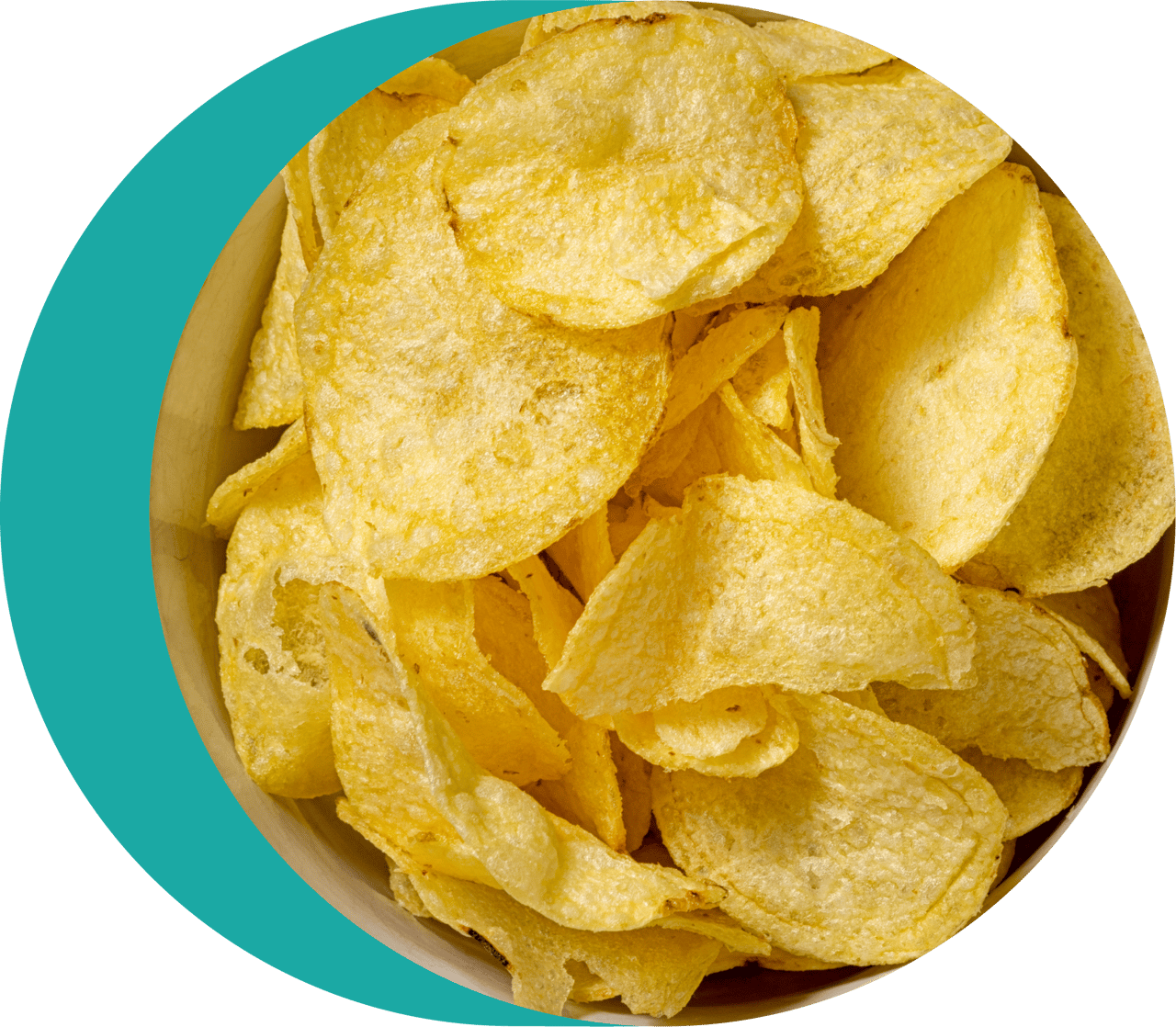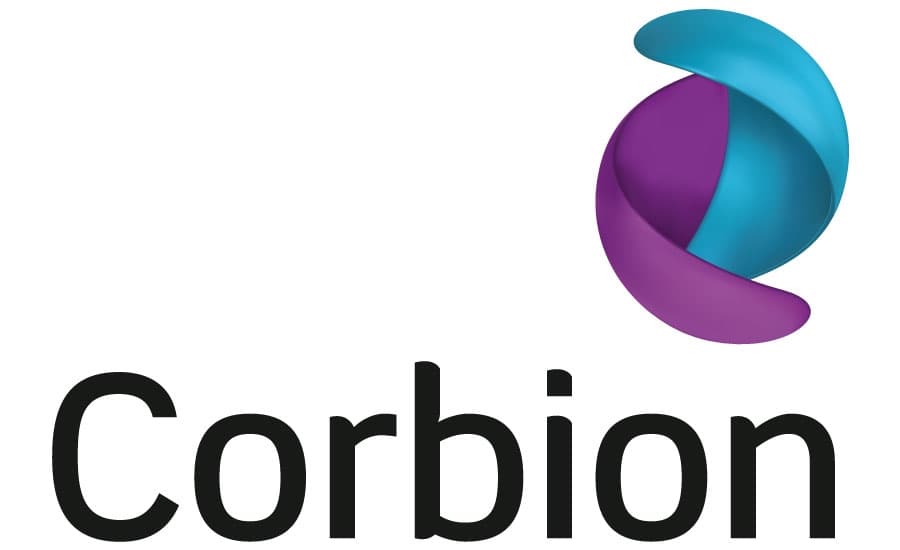State of the Industry
SNACKS
2021



A snacking surge
The COVID-19 pandemic proved snacks are essential to consumers’ lives—now we need to prepare for the next generation of snacking.
Douglas J. Peckenpaugh, Group Editorial Director
In many ways, the tumultuous COVID-19 pandemic has catalyzed continued growth of existing patterns across snacking. For many consumers, day-to-day snacking increased, sometimes fueled by external pressures related to disrupted work, school, and the overall societal status quo. We seek solace in comfort, and the snack industry delivered.
Now, as we begin to emerge from the dark clouds of the past 18 months, society overwhelmingly seeks normalcy, while some signs point toward impending changes to snacking.
The BOTTOM LINE
Snacking and e-commerce
Workforce development strategies
Preparing for the next wave of snacking
The power of e-commerce
More consumers defaulted to the online environment during the pandemic. According to IRI, Chicago, COVID-19 accelerated the growth and adoption of e-commerce to an estimated $175 billion in CPG sales in 2020, and most consumers expect to continue shopping online as we return to normalcy. Online grocery shopping will continue, with IRI estimating e-commerce will represent about 12 percent of total edible sales in 2021.
“Pre-COVID, snack brands and retailers were more adept than ever at reaching consumers where they are,” says Elizabeth Avery, president and CEO, SNAC International, Arlington, VA. “This means that companies raised public awareness of their brands through non-physical channels like social media, e-commerce sites, podcasts, and even television and radio. COVID-19 necessitated a light-speed acceleration of this trend, as consumers took fewer trips to stores and some stopped visiting traditional retailers altogether. According to IRI, e-commerce snacking sales grew 84 percent in 2020. Now that consumers are more familiar with the idea of stocking up on their favorite snacks via nontraditional channels, we expect more growth post-pandemic.”
Reaching consumers is more complex today, says Rob Sarlls, president and CEO, Wyandot and Chairman of the SNAC International Board of Directors. “E-commerce went into turbo drive over the past year, expanding the number of consumer channels and increasing the importance of direct-to-consumer sales,” he says.
“It will take time and a shared understanding of what we have all experienced over the past 18 months to adjust appropriately,” says Sarlls. “Yet we are among the fortunate. Our industry continued to evolve and grow. And prospects are compelling. That said, the first priority is to help ensure that workforces better understand the dynamics of our businesses.” He points to some top priorities moving forward:
Develop corporate messaging that resonates with all employees
Take long looks at our respective company cultures, and don’t be afraid of change
Establish a mutual understanding that work, home life, and community balance is important—develop policies to help ensure this balance
“Despite the immense challenge of being unable to convene members in-person over the last 16 months, SNAC has created new opportunities for its members to engage with its three pillars of education, advocacy, and networking.”
— Elizabeth Avery, president and CEO, SNAC International

“I feel that most, if not all, of the trends that have seemingly emerged during COVID were more of a fervor of trends getting ready to pounce,” says Justin Spannuth, vice president and chief operations officer, Unique Snacks, Reading, PA, and a member of the SNAC International Board of Directors. “COVID only sped up their increased awareness.”
Consumer habits have recalibrated back to in-store shopping—but not completely, says Spannuth. “This trend though will continue to grow again, and I feel some of the barriers that were broken during COVID will ultimately make this transition to more e-commerce more permanent and easier.”
A SNAC International representative from Frito-Lay, Plano, TX, notes accessibility and convenience are now essential mainstays. “Over the past year, we’ve seen shifts in how and where consumers purchase snacks, and in some cases, which snacks they’re purchasing. For example, it was important early on in the pandemic to be accessible for consumers when stockpiling was high. Now, we are seeing through Frito-Lay’s U.S. Snack Index survey that people are returning to the store, but retailers are also ensuring they’re keeping pace with today’s consumer—who is now used to convenience at the touch of a button.”
Image courtesy of marilyna via iStock / Getty Images Plus
For Frito-Lay, e-commerce has already been on an accelerated growth path, and the snack producer anticipates it to double by 2025. “However, at the same time, we are hearing that retailers are seeing a return to weekend shopping, and Snack Index data echoed that an overwhelming majority of consumers will continue to buy snacks at the grocery store,” the company representative reports. “One-third are picking up snacks at convenience stores—a channel that has seen a large uptick with consumers getting out of the house more.”
Pandemic-era shopping patterns spurred Frito-Lay to shorten the timeline for its e-commerce capabilities from five years to only six to nine months, says a company representative. “Frito-Lay was able to bring a direct-to-consumer shopping option through its first e-commerce site, Snacks.com, in just 30 days in the height of the pandemic. With key features like Make Your Own Variety Pack on the site, we’ve seen consumers purchase unique combinations they may not have bought otherwise. For example, we’ve seen an uptick in demand in our ‘Better Options’ brands, such as Smartfood, SunChips and Simply.”
Necessary connections
“After a two-year layoff since SNAC International was able to hold its annual main event, we are pleased to provide the industry with a first opportunity to reconnect in person at SNAXPO 2021, August 22–24, in Charlotte, NC,” says Avery. “SNAXPO is the only vertically integrated supply-chain trade show for the snack industry, featuring an exhibit hall full of equipment, packaging, flavors/seasonings, and other important innovations designed to spur success. SNAXPO exhibitors are eager to showcase their latest solutions, and snack producers are looking forward to seeing state-of-the art equipment and packaging solutions in action, tasting on-trend flavors, and hearing from thought leaders in-person.”
The pandemic closed some of our traditional routes for gathering business intelligence over the past year. “Despite the immense challenge of being unable to convene members in-person over the last 16 months, SNAC has created new opportunities for its members to engage with its three pillars of education, advocacy, and networking,” says Avery. “In 2021, hundreds of members engaged with us through our ‘Bite-Sized Insights by SNAXPO21’ series. The series included webinars and podcasts focusing on the industry’s most-pressing issues and prevalent trends in the areas of global market insights, e-commerce, packaging sustainability, and regulatory issues. All 12 editions are available to view on-demand via the SNAC website.”
In continuing with SNAC International’s commitment to underwriting professional development opportunities for its member companies, the association hosted its second annual Excellence in Marketing Program with Kellogg School of Management last June, notes Avery. “The theme of this year’s program was ‘Agile, Digital, and Customer-Focused Marketing.’ The event drilled deep into the topics of disruption and digital marketing transformation, two topics that are more important today than ever before, as the pandemic drastically changed the way consumers think about shopping.”
“I feel some of the barriers that were broken during COVID will ultimately make this transition to more e-commerce more permanent and easier.”
— Justin Spannuth, vice president and chief operations officer, Unique Snacks

Looking ahead, SNAC International will continue to identify new ways to allow its members to connect and learn how the industry is evolving in meaningful ways, says Avery. “That is why we created SNX, a new Education and Collaboration Forum that will take place on a biennial rotation with SNAXPO.”
Launching March 27–29, 2022 in Phoenix, SNX will offer snack producers and suppliers a venue to collaborate in a private setting through the use of suites for business meetings. “Rather than a traditional trade show format, SNX will feature Experience Zones, which will allow attendees to journey through the snack manufacturing process, visiting with companies leading the way in innovation each step of the way,” says Avery. “SNX will be full of opportunities to gain a deeper knowledge of industry advancements, trends, challenges, and opportunities than ever before.”
Business perspectives
SNAC International’s Government Affairs Committee, chaired by Brian Greth, senior vice president, corporate affairs, Utz Quality Foods, Hanover, PA, met in early June to prioritize the public policy challenges impacting growth of snacking. “The overwhelming concern relates to skyrocketing supply chain costs and workforce shortages,” says Avery. “Double to triple digit inflation in the cost of goods, from oil to pallets and transportation services, is matched only by the ongoing severe shortage of labor that is resulting in some facilities being unable to keep up with strong consumer demand for snacks.”
While the cause of these dual concerns is multifaceted, there is no doubt that lack of coordination in COVID-related policies from the U.S. Centers for Disease Control and Prevention, Occupational Safety and Health Administration, and Equal Employment Opportunity Commission, coupled with pandemic unemployment benefits and varying approaches at the state and local level, in-person school, and access to childcare all contribute to a real shortage of labor, notes Avery. “SNAC International’s June Legislative Summit, held virtually for the second year, provided the opportunity to educate members of Congress on these substantial challenges, many of which were accelerated by COVID,” she says.
Looking forward, SNAC International anticipates continuing to work closely with allies in the hunger community to ensure that efforts to address food insecurity appropriately focus on meeting critical nutrition needs while recognizing the appropriate role for snacks in a healthy diet, says Avery.
“Expect consumers to drive demand that reflects adventure, fun, and novelty as they emerge from their pandemic cocoons.”
— Rob Sarlls, president and CEO, Wyandot and Chairman of the SNAC International Board of Directors




